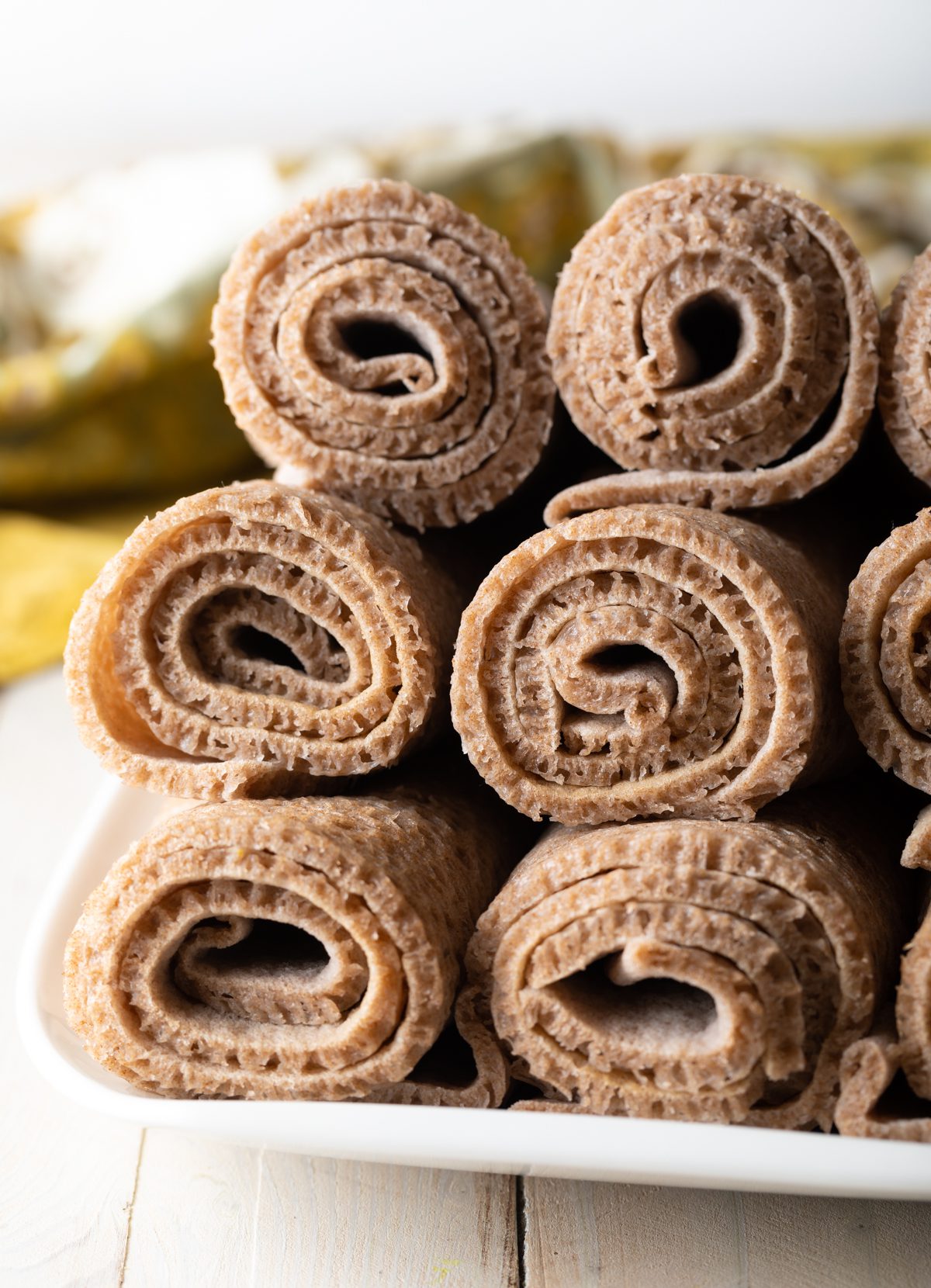Injera and tortillas are two types of bread with different preparation and cooking methods but they share a common application as staple foods in their respective cultures. Injera is a sourdough flatbread with a slightly sour taste made out of fermented teff flour batter and is popular in Ethiopia, Eritrea, and Somalia. Tortillas, on the other hand, are made from maize or wheat flour and have a smooth appearance. They are common to Mexico and many Latin American countries. Both breads are deeply ingrained in their respective cultures, playing a vital role in their social and cultural events.
Ethiopian Injera vs. Mexican Tortillas: A Cultural Bread Comparison
Introduction
Bread is a staple food in many cultures, with each culture having its unique bread recipe. Injera and tortillas are two varieties of bread that have gained popularity worldwide. They both have unique aspects in the manner they are made and consumed. This article aims to compare and contrast Ethiopian Injera and Mexican Tortillas, highlighting their cultural and social contexts.
Background
Injera is a sourdough flatbread traditionally consumed in Ethiopia, Eritrea, and Somalia. It is made from fermented teff flour batter, which gives it a slightly sour taste. Injera has been a staple food in Ethiopia for centuries, and it plays a crucial role in their social and cultural events, such as weddings, religious ceremonies, and funerals.
Tortillas, on the other hand, are a type of flatbread that originated in Mexico. They are made from maize or wheat flour, and they are a staple food in many Latin American countries. Tortillas have a rich history dating back to the pre-Columbian era, and they play a crucial role in Mexican cultural events and celebrations.
Preparation and Cooking Methods
Injera and tortillas are both flatbreads, but they have different preparation and cooking methods. Injera is made by mixing teff flour with water, letting it ferment for a few days, and then cooking it on a large, round griddle called a mitad. The batter is poured onto the mitad, and the injera is cooked on one side only, leaving it with a distinctive texture and taste.
Tortillas, on the other hand, are made by mixing maize or wheat flour with water or other ingredients such as salt and oil. The dough is then formed into small, round balls, which are flattened using a tortilla press or a rolling pin. The tortillas are then cooked on a griddle or a comal until they are lightly browned on both sides.
Appearance and Texture
Injera and tortillas have distinct appearances, textures, and tastes. Injera is a spongy, porous flatbread that has a tangy, sour taste. It has a unique appearance due to the air pockets that form during the fermentation process. The texture of injera is similar to a soft sponge, making it perfect for scooping and wrapping around stews and curries.
Tortillas, on the other hand, are thin, flat discs that have a smooth appearance. They have a soft, pliable texture that makes them perfect for wrapping around fillings. Tortillas have a neutral flavor that complements the fillings they accompany.
Social and Cultural Significance
Injera and tortillas are more than just bread to their respective cultures. Injera plays a significant role in Ethiopian social and cultural events, such as weddings, religious ceremonies, and funerals. Injera is often shared among family and friends, creating a sense of community and togetherness.
Tortillas, on the other hand, are deeply ingrained in Mexican culture, representing their history, traditions, and values. Tortillas are a crucial part of Mexican cuisine, and they are used in various dishes, such as tacos, enchiladas, and quesadillas. Tortillas are often eaten with family and friends, creating a sense of unity and belonging.
Conclusion
In conclusion, Injera and tortillas are two varieties of bread with unique aspects in their preparation, appearance, texture, and cultural significance. Injera is a sourdough flatbread popular in Ethiopia, Eritrea, and Somalia, while tortillas are thin, flat discs popular in Mexico and other Latin American countries. Both bread varieties play a vital role in their respective cultures, creating a sense of community and togetherness. Understanding the cultural and social context of these bread varieties is essential in appreciating their value and significance in their respective cultures.
